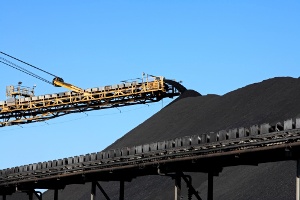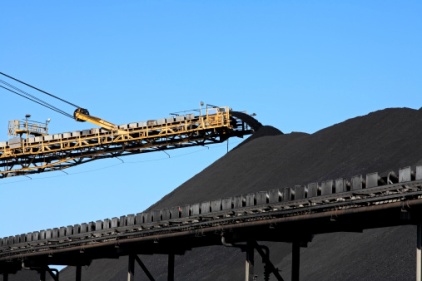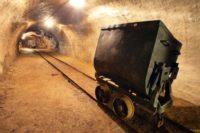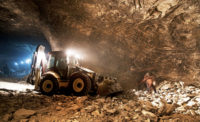 Mine safety advocates are crying foul over the Mine Safety and Health Administration’s (MSHA) decision to downshift in its drive toward a rule that would require safety devices on hazardous mining machines.
Mine safety advocates are crying foul over the Mine Safety and Health Administration’s (MSHA) decision to downshift in its drive toward a rule that would require safety devices on hazardous mining machines.
Instead of issuing an emergency temporary standard – as it had originally planned to -- the MSHA announced in yesterday’s Federal Register it would propose a rule, in order to allow for public comment prior to implementation.
The rule would require that continuous mining machines used in underground coal mines be equipped with proximity detection systems that can detect the presence of personnel or other machinery within a certain distance. These systems can be programmed to send warning signals and stop machine movement when the programmed areas are breached.
From 1984 through 2010, 30 miners died and 220 were injured when they became crushed, pinned or struck by the continuous mining machines.
The MSHA cited the president's Executive Order on Improving Regulation and Regulatory Review as the reason for taking the slower course of action – a rationale that came in for sharp criticism from Public Citizen, a consumer advocacy organization.
“Delaying a rule that is critical to the safety of mine workers does nothing to improve the regulatory process,” said Amit Narang, regulatory policy advocate with Public Citizen’s Congress Watch division.
Public Citizen’s Justin Feldman predicted that the safety rule will now take years to develop. “During the delay, many more mine workers will be killed and injured by mining machines.”
In the year since the Upper Big Branch mining disaster which killed 29 workers, several legislative efforts to strengthen mine safety have failed due to partisan disagreement over the scope of reforms.
Public hearings on the proximity detection rule are scheduled for Oct. 18 in Denver, Oct. 20 in West Virginia, Oct. 20 in Charleston, West Virginia and Oct. 25 in Washington, PA.



